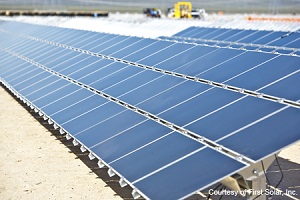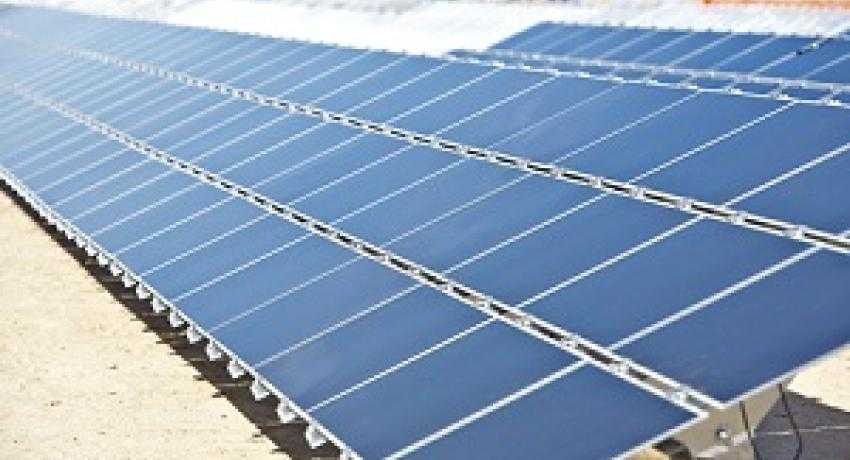First Solar moves forward on Chilean projects
 First Solar has filed to build the 162 megawatt Luz del Norte project in Chile this week. The company is planning on building the project without subsidies as solar can now be installed there at parity with other energy sources. As such it joins a growing number of companies that are looking at Chile for hundreds of megawatts of solar projects.
First Solar has filed to build the 162 megawatt Luz del Norte project in Chile this week. The company is planning on building the project without subsidies as solar can now be installed there at parity with other energy sources. As such it joins a growing number of companies that are looking at Chile for hundreds of megawatts of solar projects.
Earlier this year that First Solar acquired Chilean project developer Solar Chile, which has a project pipeline of 1.5 gigawatts of solar planned. First Solar saw the country as an opportunity where there is a stable economy, unmet energy demand with prices that justify solar without needing incentives. It’s part of First Solar’s larger effort to identify and serve markets where solar is already cost-competitive with other forms of electric generation.
In it’s filing First Solar said, “First Solar has decided to carry out a power generation project based on solar energy captured by photovoltaic modules, later incorporated into the Central Interconnected System (SIC), through connection to the existing substation Carrera Pinto” (translated by Google Translate).
When First Solar acquired Solar Chile, it acquired the company’s portfolio of early- and mid-stage PV projects in Chile’s Regions I, II, III, and XV. Some of those projects are in the Atacama Desert which has some of the best solar resources in the world.
Other companies are also betting big on solar in Chile. For instance, Actis and Mainstream Renewable Power announced plans earlier this year to install 600 megawatts of solar in Chile by the end of 2016. Actis is financing that effort with $1.4 billion. And Element Power Solar is planning to install 300 megawatts of photovoltaics in the desert.
First Solar, meanwhile is aggressively moving forward on its goals of pursuing energy projects in markets where solar is cost-competitive with other energy sources, as such it’s looking more and more beyond U.S. borders to pursue solar projects.
The company announced the shift in strategy shortly after former CEO Rob Gillette left the company in 2011. Since then the company’s efforts have seen it look to markets in developing nations, like Chile. It looks like the effort is paying off. The company has been seeing more positive results since announcing the change. At the same time, however, the company is also building out its extensive pipeline of projects in the U.S., a number of which are 100s of megawatts in size.




